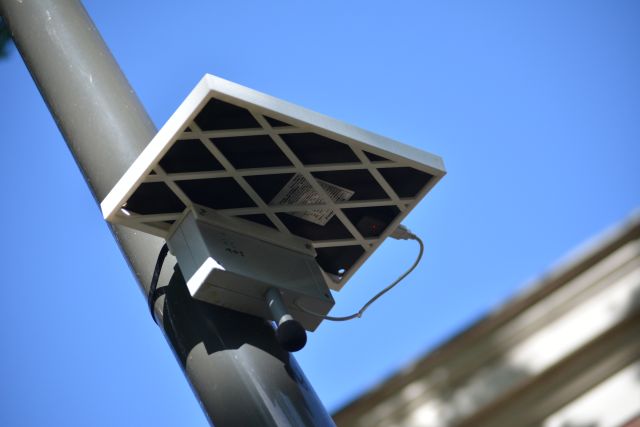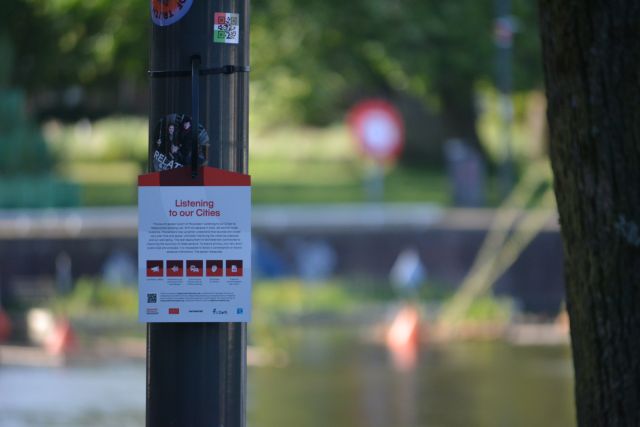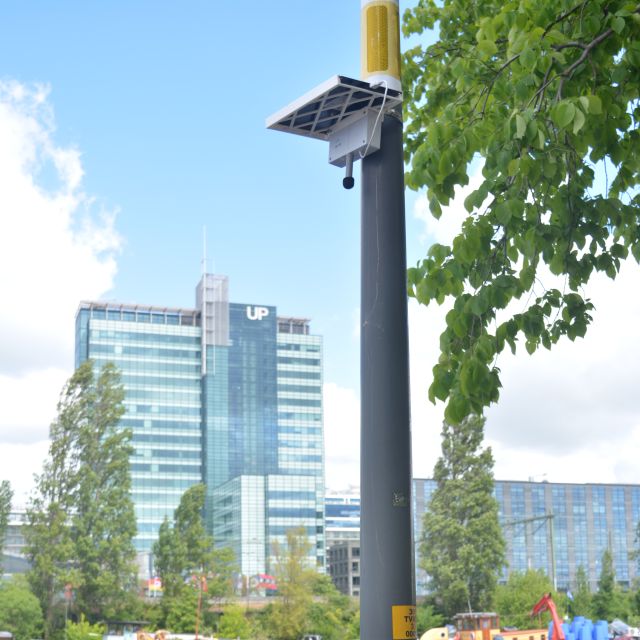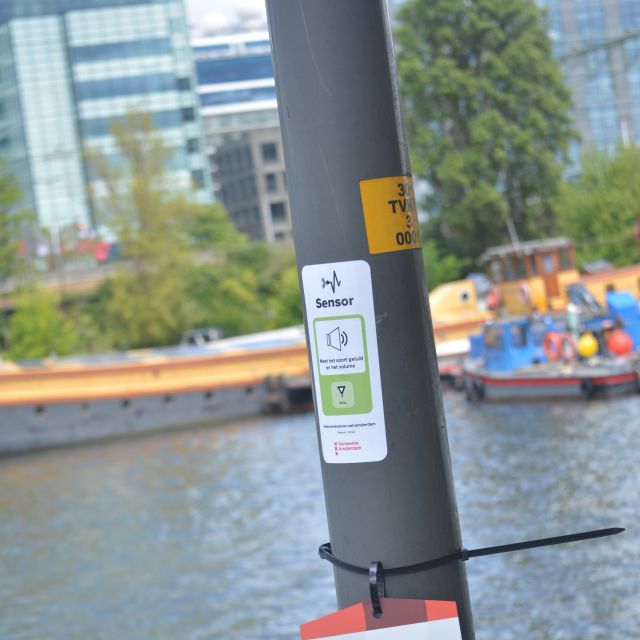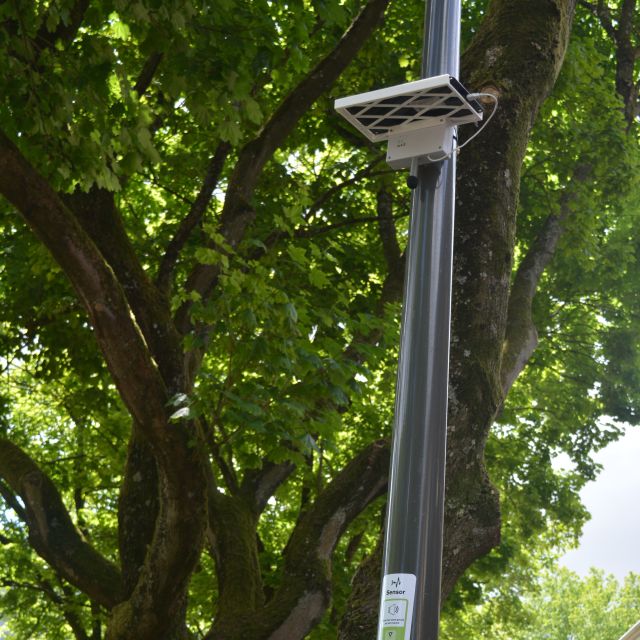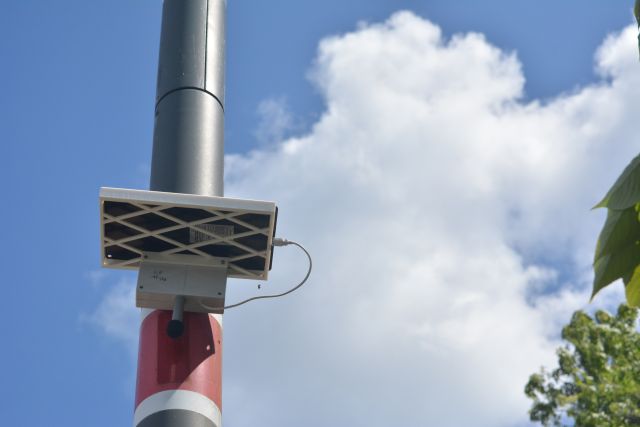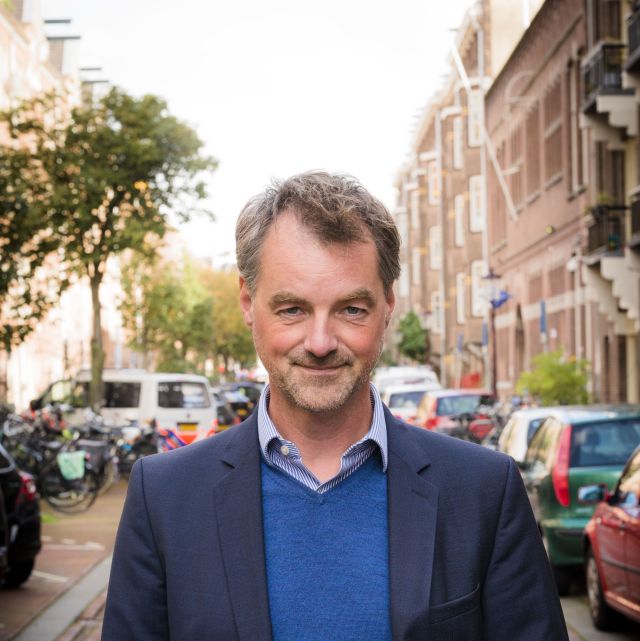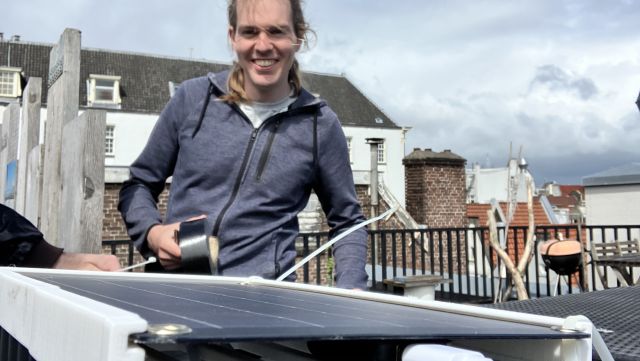Pilot City Soundscapes
The Responsible Sensing Lab's Listening to our Cities project investigates the effect of sound on the urban environment. The test setup at the Marineterrein helps to further refine the accuracy of the sensors.
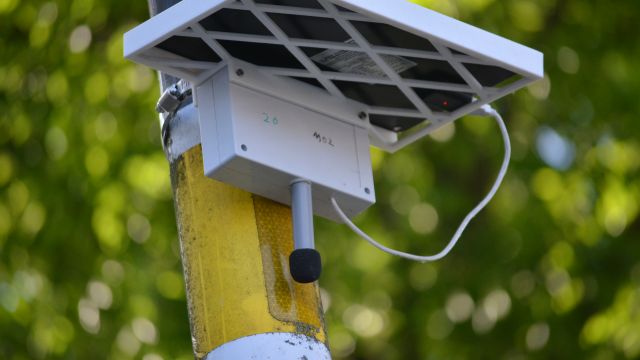
In this pilot we measure noise nuisance with six sensors on the Marineterrein. This way we can learn how to distinguish between traffic, aircraft and other sounds, such as birds and music. To ensure privacy, most of the processing happens on the sensor itself. Only short sound fragments are analyzed later on, to ensure the sensors work as expected. It is impossible to follow a conversation or record personal information.
The sensors measure:
- Loudness in dB(A)
- Intermittency (or continuity) of the soundscape
- Type of sound source, such as traffic or bird song
- Sharpness (“pitch”)
- 3-second sound fragment per minute
During the pilot, live data will be shared on the dashboard of Marineterrein.
Why are we measuring noise pollution?
Noise pollution is a problem in a large city like Amsterdam. It can cause nuisance, and even health issues due to sleep disturbance, stress and fatigue. In order to properly combat noise pollution, we must understand it. Regular sound level meters only measure how many decibels there are at a certain location. But noise pollution also depends on the sound characteristics and sound source. While the sound of traffic is perceived as noise, singing birds or a rustling tree (at the same volume) are pleasant to listen to. Therefore, better equipment is needed to measure sound better. And that is exactly what we are striving for with this pilot.
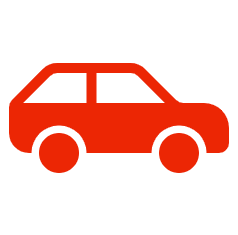
Traffic is the biggest source of noise pollution. By detecting traffic noise, we will know where and when it occurs the most.

Aviation differs from road traffic as it is less constant, but potentially louder. Such short peaks may lead to increased annoyance.
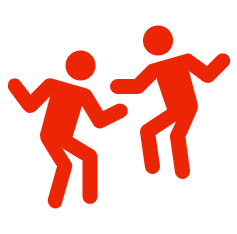
Sometimes, buzzing crowds can reach significant sound levels too. For some, this might be perceived as vibrant and pleasant, while others may prefer silent spaces.
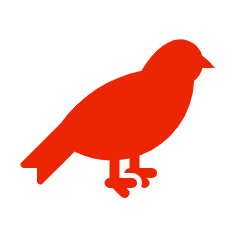
The sounds around us can also have a recreational effect. Bird song is often perceived as a positive sound and should be preserved.
Examples of recordings
Vehicle (mp3)
3 seconds recording
Birds (mp3)
3 seconds recording
Crowd Talking (mp3)
To ensure privacy, only very short audio fragments of 3 seconds are analyzed. It is impossible to follow a conversation or record personal information.
How does our sound source detection work?
Sensors are often better at seeing than hearing. Of course, our sound sensors have no cameras, but we can still benefit from recognizing sounds from an image! For this, the sound is immediately transformed into a spectrogram image (see below).
The spectrogram shows the sound intensity over different frequencies over time. While it is often very difficult for humans to recognize sound type from these images, the sensors excel at this. The example below shows the sound of a siren. If you look carefully, you can see that the pitch of the sound increases and decreases over time (just as one would expect from a siren).
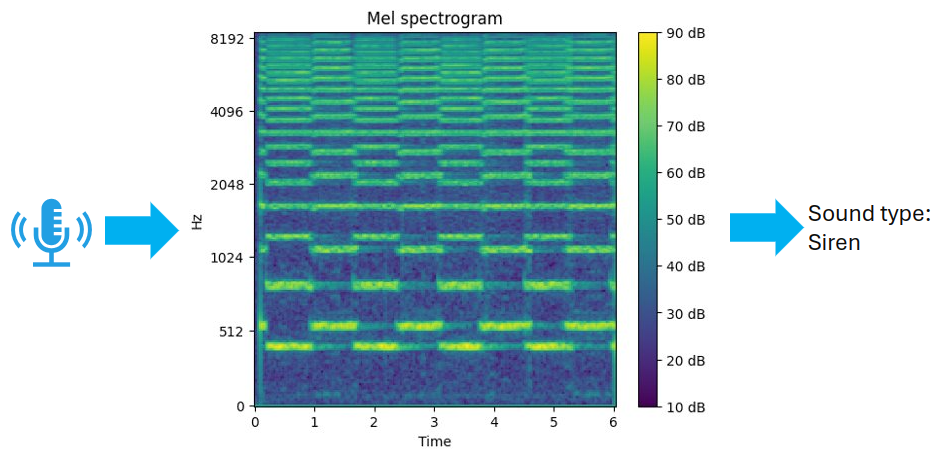
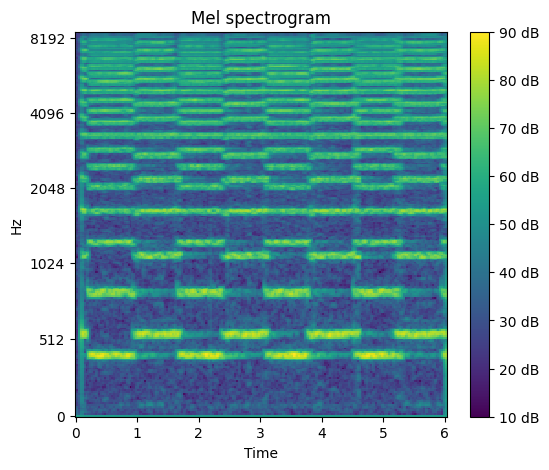
Results & what will be next
Using the sensor data, we aim at creating a sound map which contains more than just mere decibel levels. If successful, we will expand to several construction sites in Amsterdam with more sensors to deepen our understanding of noise's impact on urban livability. Check: Smart sensors to understand construction noise |...
Real-time display makes noise data tangible
At Marineterrein Amsterdam, a new sound sensing display brings the city’s acoustic landscape to life. This energy-efficient e-paper screen shows real-time data from smart sound sensors, including average decibel levels, frequency tones, and dominant sound sources such as traffic, voices, and birds.
The display was developed by AMS Institute's concept team. It embodies Amsterdam’s ‘Tada values’ for open, transparent, and responsible use of technology in public space.
By making sensor data visible and accessible, we aim to raise awareness of urban soundscapes and show how sensing can be done in a meaningful, respectful way.
Want to see it in action? Visit the entrance of AMS Institute at Marineterrein Amsterdam.
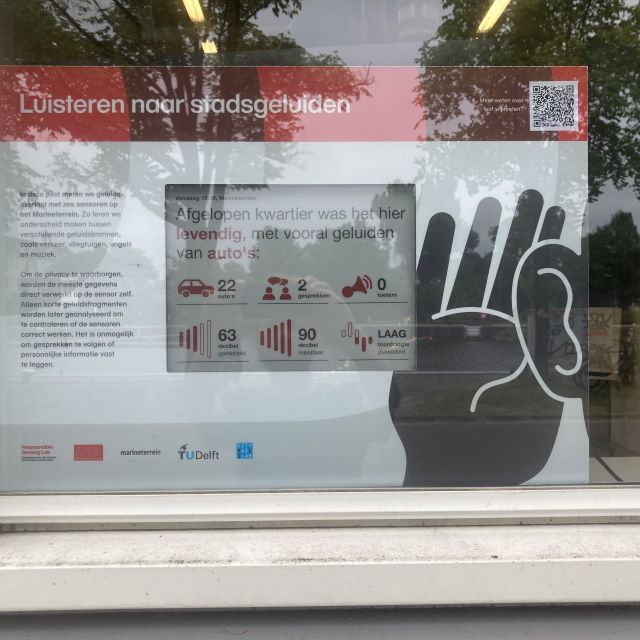
Where are the 6 sensors located?
Curious about the sensor locations? Take a look at the image below or explore the online map: allesoversensoren/amsterdam/register — allesoversensoren or Sensorenregister
